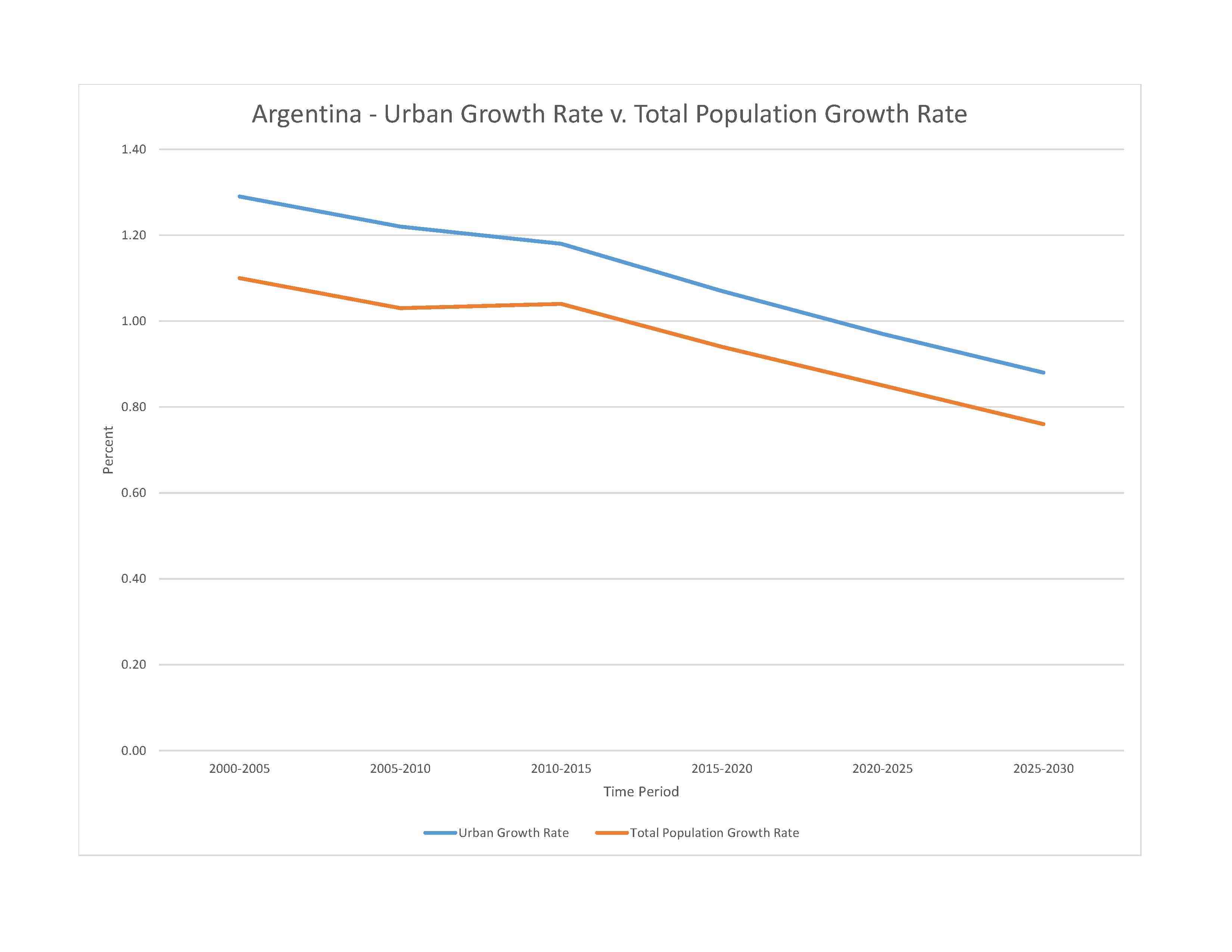
environmental problems (urban and rural) typical of an industrializing economy such as deforestation, soil degradation (erosion, salinization), desertification, air pollution, and water pollution
party to: Antarctic-Environmental Protection, Antarctic-Marine Living Resources, Antarctic Seals, Antarctic Treaty, Biodiversity, Climate Change, Climate Change-Kyoto Protocol, Climate Change-Paris Agreement, Comprehensive Nuclear Test Ban, Desertification, Endangered Species, Environmental Modification, Hazardous Wastes, Law of the Sea, Marine Dumping-London Convention, Nuclear Test Ban, Ozone Layer Protection, Ship Pollution, Wetlands, Whaling
signed, but not ratified: Marine Dumping-London Protocol, Marine Life Conservation
mostly temperate; arid in southeast; subantarctic in southwest
agricultural land: 53.9% (2018 est.)
arable land: 13.9% (2018 est.)
permanent crops: 0.4% (2018 est.)
permanent pasture: 39.6% (2018 est.)
forest: 10.7% (2018 est.)
other: 35.4% (2018 est.)
urban population: 92.5% of total population (2023)
rate of urbanization: 0.97% annual rate of change (2020-25 est.)

0.09% of GDP (2018 est.)
0% of GDP (2018 est.)
particulate matter emissions: 12.04 micrograms per cubic meter (2019 est.)
carbon dioxide emissions: 201.35 megatons (2016 est.)
methane emissions: 120.66 megatons (2020 est.)
municipal solid waste generated annually: 17,910,550 tons (2014 est.)
municipal solid waste recycled annually: 1,074,633 tons (2010 est.)
percent of municipal solid waste recycled: 6% (2010 est.)
fresh water lake(s): Lago Buenos Aires (shared with Chile) - 2,240 sq km; Lago Argentino - 1,410 sq km; Lago Viedma - 1,090 sq km; Lago San Martín (shared with Chile) - 1,010 sq km; Lago Colhué Huapi - 800 sq km; Lago Fagnano (shared with Chile) - 590 sq km; Lago Nahuel Huapi - 550 sq km
salt water lake(s): Laguna Mar Chiquita - 1,850 sq km;
Río de la Plata/Paraná river mouth (shared with Brazil [s], Paraguay, and Uruguay) - 4,880 km; Paraguay (shared with Brazil [s], and Paraguay [m]) - 2,549 km; Uruguay (shared with Brazil [s] and Uruguay [m]) - 1,610 km
note – [s] after country name indicates river source; [m] after country name indicates river mouth
Atlantic Ocean drainage: Paraná (2,582,704 sq km)
Guaraní Aquifer System
municipal: 5.85 billion cubic meters (2020 est.)
industrial: 4 billion cubic meters (2020 est.)
agricultural: 27.93 billion cubic meters (2020 est.)
876.24 billion cubic meters (2020 est.)
NOTE: The information regarding Argentina on this page is re-published from the 2024 World Fact Book of the United States Central Intelligence Agency and other sources. No claims are made regarding the accuracy of Argentina 2024 information contained here. All suggestions for corrections of any errors about Argentina 2024 should be addressed to the CIA or the source cited on each page.
This page was last modified 04 May 24, Copyright © 2024 ITA all rights reserved.